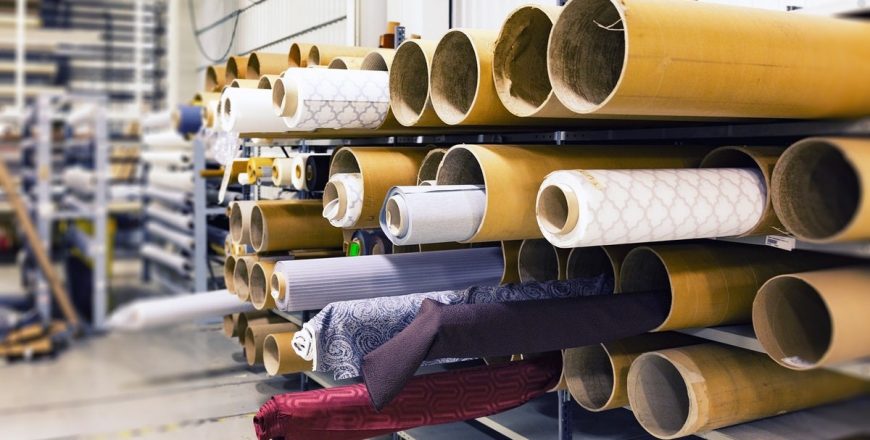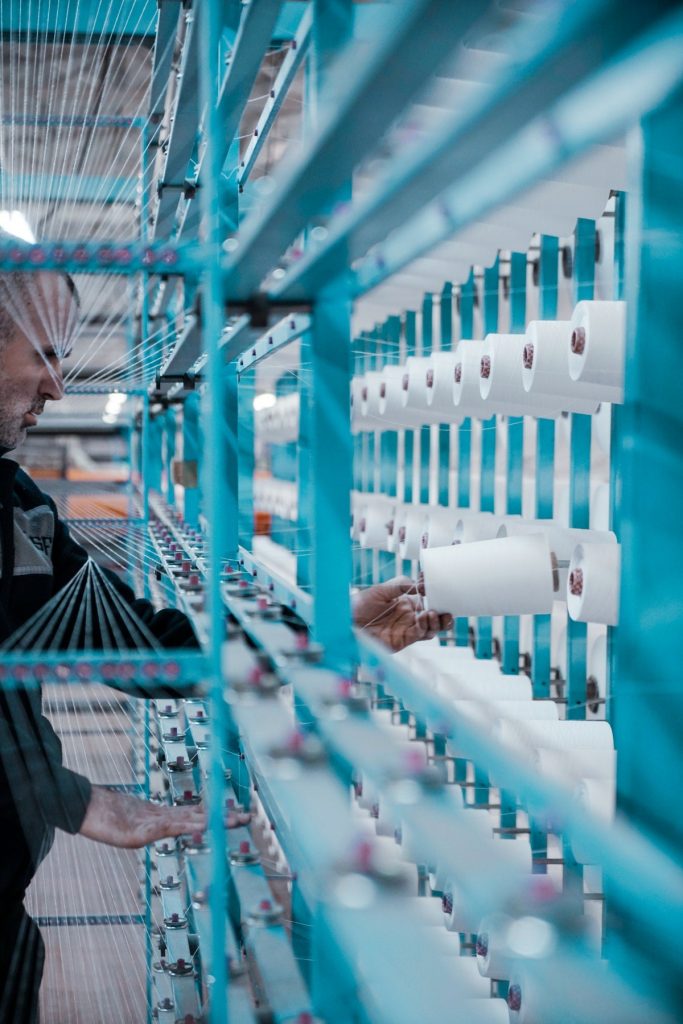
How to Be Agile in Manufacturing in 2020
The manufacturing industry is changing fast. Adopting technology to improve end-to-end processes and reduce logistics overhead is no longer just an option-it’s inevitable, to compete and win.
Today’s consumers have a greater influence on price and product quality than before, with the global marketplace at their fingertips. It has also become much easier for competitors from any part of the world to enter and exit the market as opportunities open up and disappear, which makes the market even more unpredictable. This is why many manufacturing businesses look towards Enterprise Resource Planning (you can visit SYTE Consulting Group now for one example of an ERP group) for direction and assistance in running their company. They can help from anything from employees to digital elements of the business.
The Future of Manufacturing: 2020 and Beyond, a report prepared by IndustryWeek and Kronos Inc., says that manufacturing companies will face the following challenges over the next few years: market volatility, material cost, price reduction pressures, labor costs, and transportation and logistics costs.
The good news is that opportunities exist behind challenges, and when you overcome these challenges, your company will be able to adapt better to changing times.
Adopting an integrated product development approach
In a traditional manufacturing business setup, design, engineering, marketing and operations, and other components work independently in isolated silos. But for a business to be efficient, these teams should communicate regularly to check if their goals are aligned and well-synchronized. The same is true for components; internally, processes can be optimized through proper integration, for example, using IBM Cloud Pak for Integration so that businesses can adjust to this technology seamlessly.
This is what Integrated Product Development (IPD) does. It creates solutions that meet customer needs. It makes bottom-line results more predictable and profitable while reducing the time and cost of production. This is a top-to-bottom solution where an integrated product development team with interdisciplinary capacities is created to keep all components connected and functioning in sync with one another.
IBM adopted this approach to product development and marketing in 1998. By doing so, they reduced expenses from abandoned projects by 80 percent and made giant leaps in operational efficiencies. IPD is nothing new. But it’s something worth re-emphasizing for 2020.
There is pressure on manufacturers to further improve their efficiency and cost-effectiveness due to price competition. Also, it’s clear that digitization technologies-big data analytics, real-time planning, and autonomous systems-are pointing manufacturers toward this direction. Technologies that can increase efficiency are readily accessible to businesses.
Integrating human and technical resources

Digitization is key to increasing efficiency in various manufacturing processes like forecasting, quality mass production, design prototyping, and safety issues, to name a few. However, it also brings the challenge of finding workers with the right skills, or training current and new workers promptly.
Technology for manufacturing has different levels of human supervision or manipulation needed. Learning to operate a new machine feature may require minimal training. On the other hand, worker augmentation, which may use sophisticated AI technologies that help assist workers in physical or mental labor, may require more specialized skills training and university education.
Companies need to learn how to optimize and enhance technology use for their desired purpose. Those that can do this quickly will have good leverage over those who can’t.
Adapting to a volatile market by becoming agile
To gain a competitive edge in a volatile industry, you need highly efficient systems and processes in place. An integrated approach to product development, timely integration of technology, and a tech-trained human resources can help you gain that edge.






